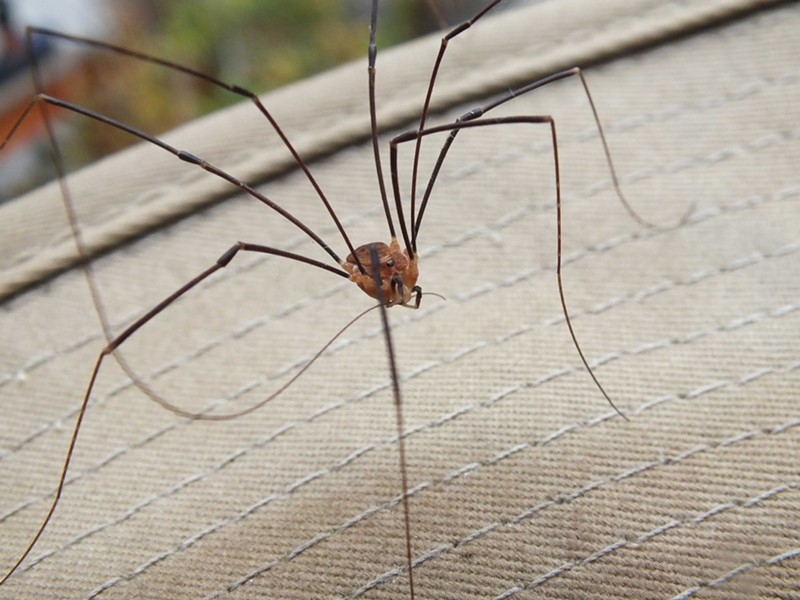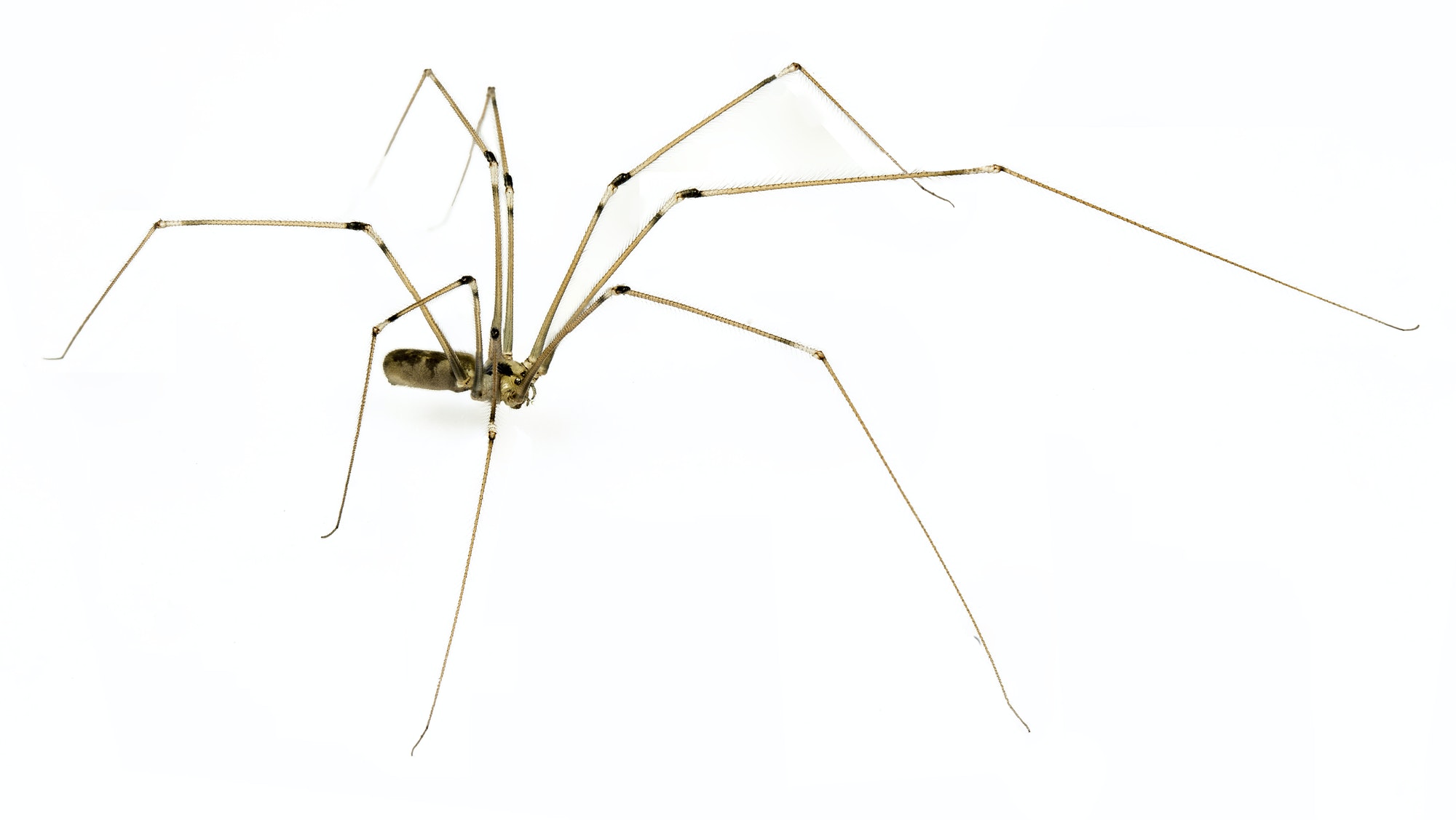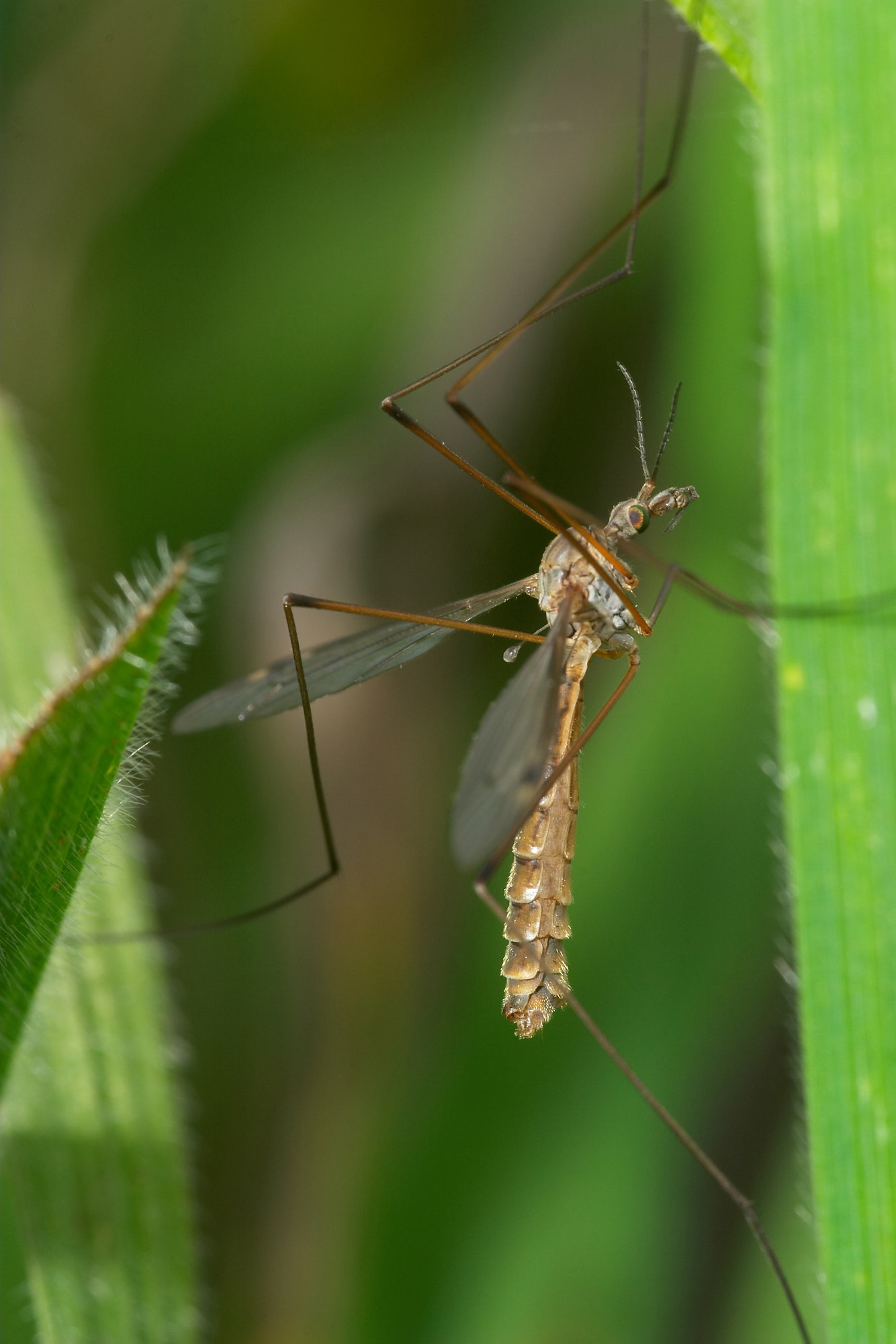Are Daddy Long Leg Spiders Poisonous?
There is much speculation on the possibility of the Daddy Long Leg being a poisonous species of spider, and many studies have been performed in order to determine this matter. However, before we delve into the details, there is a point that must be clarified.
What many people do not know about the Daddy Long Leg is that it is not a spider at all, though many, upon sighting it, will identify it as such. In fact, Daddy Longlegs’ characteristics identify them as being a closer relative to the scorpion than they are to the spider.
Scientific classification defines this gangly creature as belonging to the Harvester species, a type of arthropod within the order of Opiliones, and assigned to the class Arachnida. Daddy Longlegs have a single pair of eyes, unlike most of their fellow species, the spider, and are unable to make webs in which to bind their prey, which commonly consist of mites, slugs, snails, earthworms, caterpillars, and such other critters.
They will even feed on animal droppings, bread crumbs, mold, and other such things found about one’s home. These interesting creatures are possessing of a fused body, instead of the ‘waist’ or cephalothorax that characteristically joins a spider’s front and rear, very much like the thorax of an insect. As their name suggests, Daddy Longlegs are possessing of eight, very long legs, measuring approximately 30 mm, though according to some reports, can grow up to 50mm long!

A surprising fact: Daddy Longlegs are not possessing of the characteristic of autotomy, meaning that they cannot grow back their legs like starfish and spiders, though they will shed them, if they must, in order to escape.
These quiet, gangling creatures tend to live in moist, dark places and are not altogether shy of those that intrude upon their peaceful rest. Some will even venture to clamber across an outstretched hand. However, what of the ominous rumor that reads them as one of the most poisonous species in the class of Arachnida?
For the real Daddy Longlegs Opiliones, it is a known scientific fact that they are not venomously poisonous. They are not possessing of fangs to inject and chemically pacify their prey or antagonist, though some species have defensive secretions that are poisonous to small animals and creatures if ingested.
Furthermore, they are known to exude interesting chemical excretions from certain glands on their bodies, which serve to repulse predators; in this way, they avoid being eaten by lizards, frogs, toads, and birds, which are known to partake of the unfortunate arachnid
The question that must be asked of these creatures is: to what or whom are they poisonous? There has never been an account of a true Daddy Longleg having inflicted a fatal bite to a human. Their tiny nibble is known only to render a slight swelling, and nothing more, such as is characteristic of an ordinary spider bite. However, there is a virtually unknown type of spider in the family Pholcidae, which appears very much like the Daddy Long Leg, and is commonly called thus, while its real alias is simply “cellar spider.”

Nonetheless, Pholcids, as they are regularly named, have short fangs like the Brown Recluse, and are known for their chaotic and wobbly webs in which they clumsily entangle their prey, whilst the humble Daddy Long Leg is commonly left to the devices of eating whatever decaying matter comes across his path, as well as the occasional lucky insect, mollusk, or mite. Nonetheless, there is no definite scientific research that has been done to prove that Pholcids can inflict a deadly bite with their fangs. As for the innocent Daddy Longleg who goes daily about his quiet, un-robust business, his reputation has been maligned by the legendarily ominous rumor that heralds him as one of the most deadly, poisonous creatures in all the Arachnida class.
Are Daddy Longlegs the deadly killer many people make them out to be? No. Scientific research has shown that the legend is completely unfounded. Why did it formulate, then? Some speculate that it is due to the fact that Daddy Longlegs have been known to overcome and consume some of the most poisonous spiders in the Arachnid world. In fact, this creature has been known to feed on the Red Back spider, which is a part of the Black Widow family –among the deadliest of spiders. Some think –and perhaps it is because they allowed the term ‘survival of the fittest’ to cloud their judgment –that because something overcomes one of the most poisonous spiders, then that something must be more poisonous. Nonetheless, it is a careless and unscientific logic that formulates such ideas.
Furthermore, because the Pholcid cellar spider is possessing of a fang structure similar to that of the Brown Recluse, and as it appears very much like the Daddy Long Leg so-much-so that it is commonly called thus, the formulation of the myth is understandable.
True Daddy Longlegs, or Harvesters as they are more precisely named, are seen as a symbol of good fortune, happiness and hope, according to an old French legend. This view greatly contrasts with the deadly image that many associate with this easy-going arachnid. Opiliones comes from the Latin word opilio, which means ‘shepherd’; Daddy Longlegs were called thus because their long legs reminded folks of the European shepherds that would go about the fields walking on stilts to keep a better eye on their flocks.
At present, it is anticipated that there may be as many as 10,000 species of Daddy Longleg Opilionids, even while only an approximate 6,000-some are classified. Though their long legs would suggest otherwise, they are exceedingly bad at getting around, as they only scuttle out from their dark hiding places when the sun goes down, usually sitting vigilantly in one spot for the whole span of nighttime; then, when the dawn begins to creep over the horizon, they go back into hiding.
The timid Daddy Longleg will curl up into a crevice and play dead if pressured upon by a persistent predator. Very little is known of their own predatory movements, as they are often found by scientists whilst they are already eating away at something; it is thus that it is virtually unknown whether they are primarily predators or scavengers. There is so much that is still unknown about their habits, such as their mating and breeding routines, and the many unknown species of their kind which are yet to be classified.
Nonetheless, this factor is what makes them so interesting, for what little is known of them is, indeed, intriguing. It is, however, of due notice, that the denigrated Daddy Longleg is not a poisonous arachnid, but a blameless little creature that goes about its day with a quiet and unwitting scuttle, knowing very little that its reputation among the ignorant majority has heralded him as one of the deadliest, most dangerous creatures in all the world.








